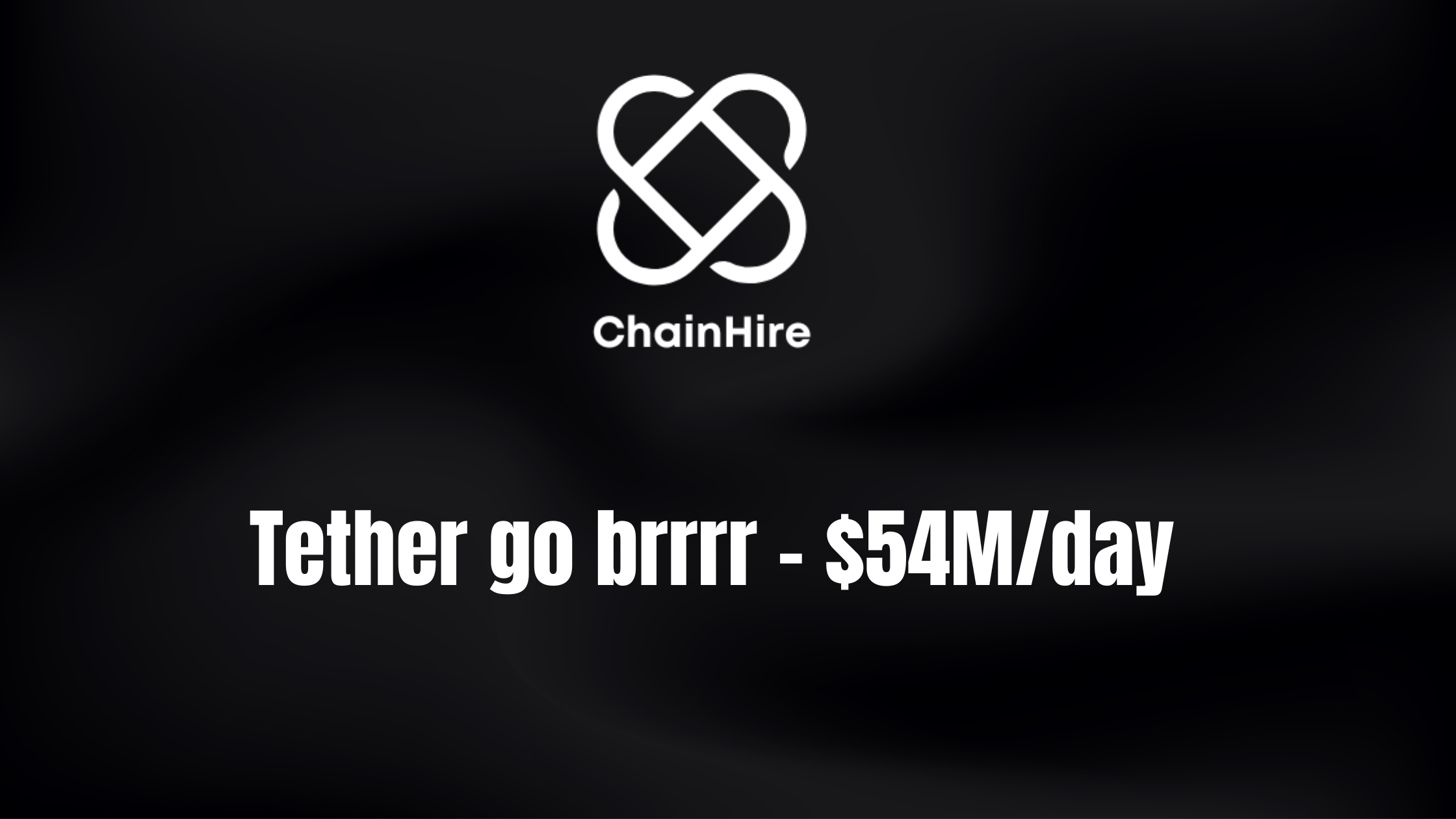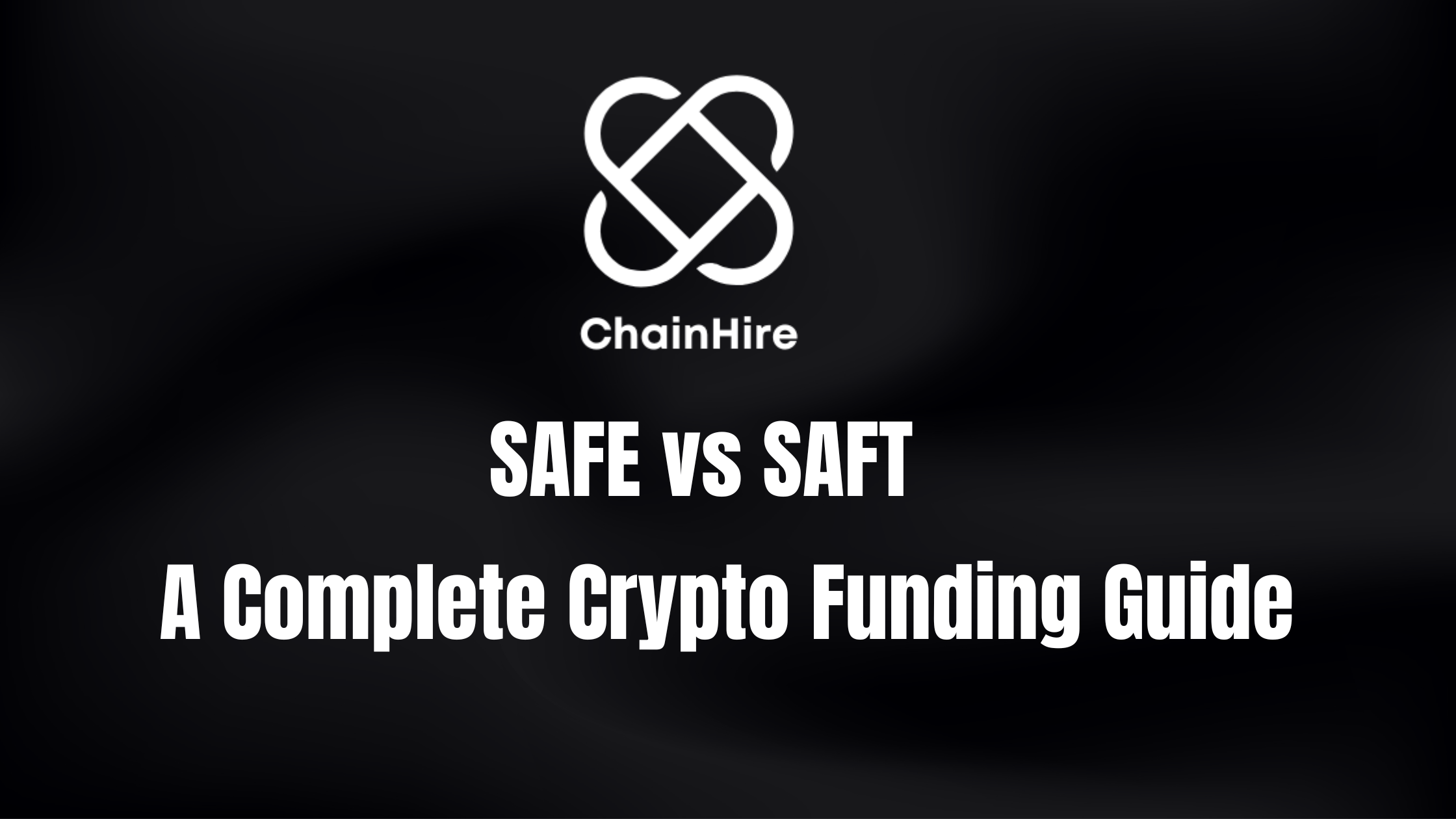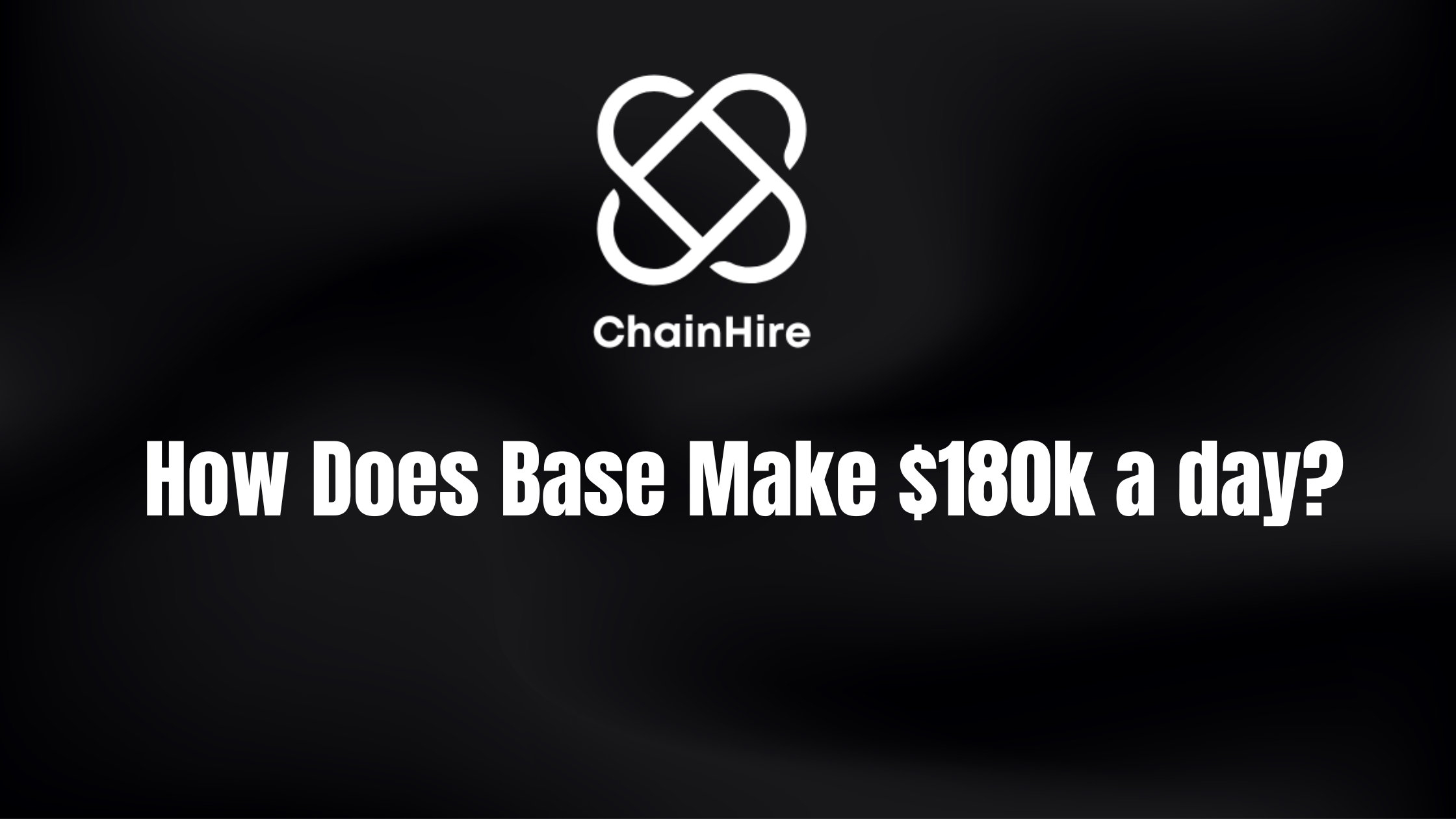GM frens,
Tether (the issuer of USDT) just dropped its Q2 2025 financials — and the numbers are staggering:
$4.9 billion in net profit for the quarter.
That’s second only to Visa in the payments world, beating out Mastercard and PayPal.
All this with a team of around 150 people.
Naturally, the hype machine spun up:
“Stablecoins are high-yield, risk-free, unstoppable profit engines that will crush banks and payment giants.”
But is that really the full story? Let’s break down how USDT actually makes money, and whether this model is “normal” or sustainable.
📊 1. The Eye-Popping Numbers
Tether’s Q2 2025 report shows:
- Net profit: $4.9B (quarterly)
- Circulating supply: ~1/20th of card networks like Visa
- Profit margin: Higher than Mastercard, second only to Visa
It’s a shockingly lean, hyper-profitable operation. But the model behind it is… unconventional.
💡 2. USDT’s Profit Model — The Real Levers
2.1 Yield on Reserve Assets (~7% Annualized)
According to Tether’s 2025 H1 attestation:
- $3.1B profit from USD-based assets
- $2.6B from Bitcoin, gold, and high-risk loans
Roughly 20% of reserves are deployed into risk-on trades — crypto, gold, lending — where the fat margins come from.
2.2 Ultra-Low Operating Costs
Compared to banks or payment processors, Tether runs with minimal compliance overhead:
- No licensing in most jurisdictions
- No AML/KYC for retail directly
- No large marketing or customer service teams
- Lean technical maintenance
In TradFi, these functions are major cost centers. For Tether, they barely exist.
2.3 The “Money In, Rarely Out” Model
Tether operates what in Chinese crypto slang is called a “Pixiu” model — money flows in easily, but is hard to redeem directly:
- Minimum $100K to redeem directly from Tether
- Retail redeems via exchanges or OTC desks
- Limited redemption keeps more capital in the pool for investment
2.4 The Dual-Layer Arbitrage Engine
The key is separating the token (USDT) from the fiat reserves:
- Users trade USDT on-chain
- Fiat stays in reserve accounts — interest-free capital for Tether
- Tether invests that float into safe and high-yield assets
As long as there’s no mass redemption (“bank run”), the profit engine keeps spinning.
⚠️ 3. The Risks & Limits of USDT’s Model
3.1 Regulatory Black Box
Like the 2008 financial crisis’ “toxic asset” packaging, USDT is effectively a new black box — opaque, lightly audited, and operating largely outside direct regulatory reach.
3.2 Dependence on Reserve Asset Yields
Tether’s profits are highly sensitive to:
- US interest rates
- Crypto market cycles
- Gold and macro swings
When yields fall or markets crash, profitability shrinks fast.
🏦 4. The USDC Contrast — The “Good Kid” of Stablecoins
While USDT mixes high-risk investing with minimal compliance, USDC (by Circle) runs closer to a regulated payment network.
4.1 Operational Model
- 100% fiat-backed reserves in US banks
- Fully licensed money transmitter in multiple jurisdictions
- Real-time redemption via partner banks
4.2 Profit Model
- Earn interest from safe U.S. Treasuries
- Most revenue reinvested into growth, compliance, and network expansion
- Smaller shareholder payouts, focus on sustainability
📈 5. Why Sustainable Models Look More Like USDC
Tether’s approach works while yields are high and confidence holds. But:
- Over-reliance on high-yield reserves is risky
- Lack of regulatory cover could backfire
- Market shocks could trigger redemptions
Meanwhile, USDC builds long-term resilience by:
- Customer habit formation — stablecoins as default payment rails
- Ecosystem expansion — enabling lending, payments, and DeFi
- Stablecoin-as-a-Service (STaaS) — letting banks, fintechs, and Web3 projects issue their own stablecoins
🧠 ChainHire Takeaway
The real long-term stablecoin profit model isn’t just “earn yield on reserves” — that’s a ceiling-limited, rate-sensitive game.
It’s about:
- Becoming the default payment layer
- Owning the habit of using stablecoins
- Monetizing through services, settlements, and ecosystem growth
Or, put simply: Play the fintech growth playbook — but on-chain.
Sources:
Brought to you by ChainHire 🧠
We connect Web3 founders, talent, and solution providers before the cold DMs hit.
📝 Join our Partner Network (free pre-launch): Sign up here








